Overview

© Heike Liesebach
In the Thünen topic “Forests”, we regularly record the condition of Germany's forests using representative inventories. This is done in close cooperation with the federal states. We examine various dimensions, from soil condition and tree genetics to forest damage.
On the basis of these data, we analyze how influencing factors - above all climate change, nutrient inflow and forest management - affect forest condition. Within the framework of ICP Forests, we also carry out such analyses in a European network.
Our international activities have three main directions: Forest genetic studies; development of tropical forest regions; deforestation and restoration.
Download Service
- Topic ForestsExcerpt from the Thünen Institute's Medium-Term Concept 2021 (in German)
- Thünen medium-term concept 2021(in German)
Scroll to top

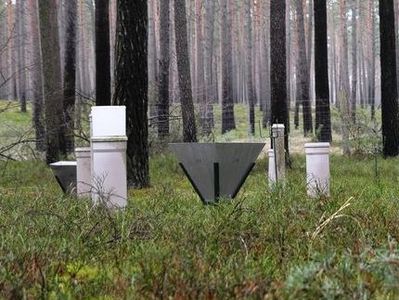
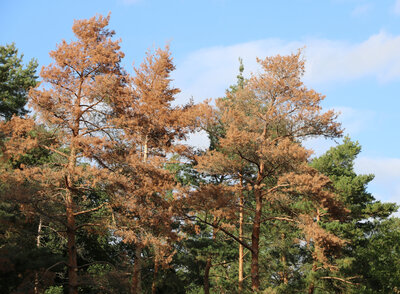
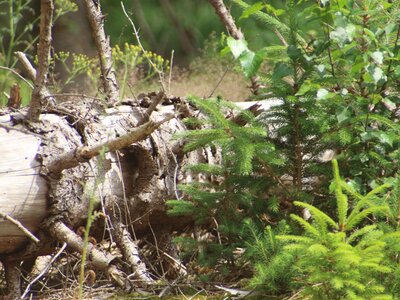

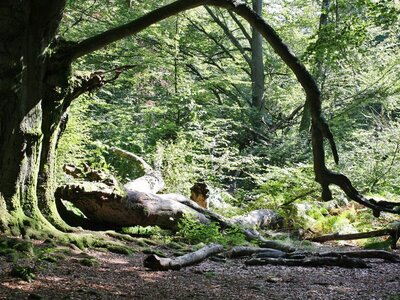
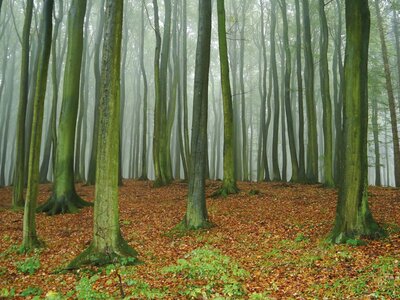
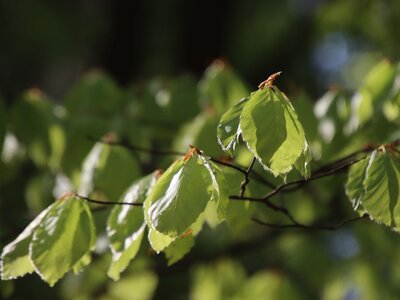
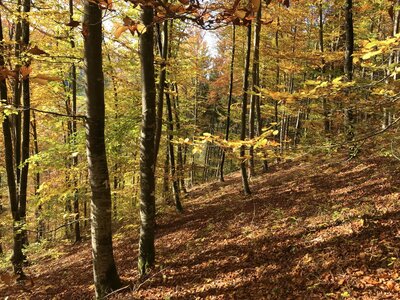
![[Translate to English:] [Translate to English:]](/media/_processed_/5/4/csm_Abbildung_Aufgemischt_2_4-3_4f9b6e7052.jpg)
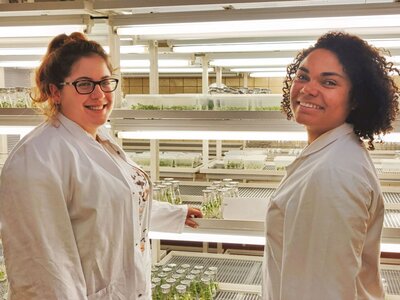
![[Translate to English:] [Translate to English:]](/media/_processed_/2/7/csm_WZE_Blick_in_die_Kronen_TI_Petra_Duehnelt_ccd38af157.jpg)
![[Translate to English:] [Translate to English:]](/media/_processed_/0/a/csm_BWI_TI-WO_050_original_6009957c1b.jpg)
![[Translate to English:] [Translate to English:]](/media/_processed_/9/a/csm_BWI_Titel_667b6c293c.jpg)
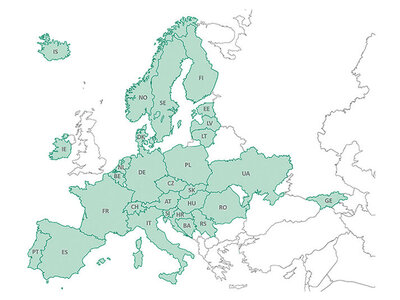
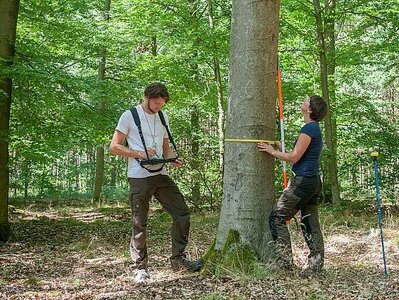
![[Translate to English:] [Translate to English:]](/media/_processed_/d/a/csm_2024-08-15_12_BWI2024_2a39755ff3.jpg)
![[Translate to English:] [Translate to English:]](/media/_processed_/3/1/csm_2024-08-15_14_BWI2024_cba74dc27d.jpg)





